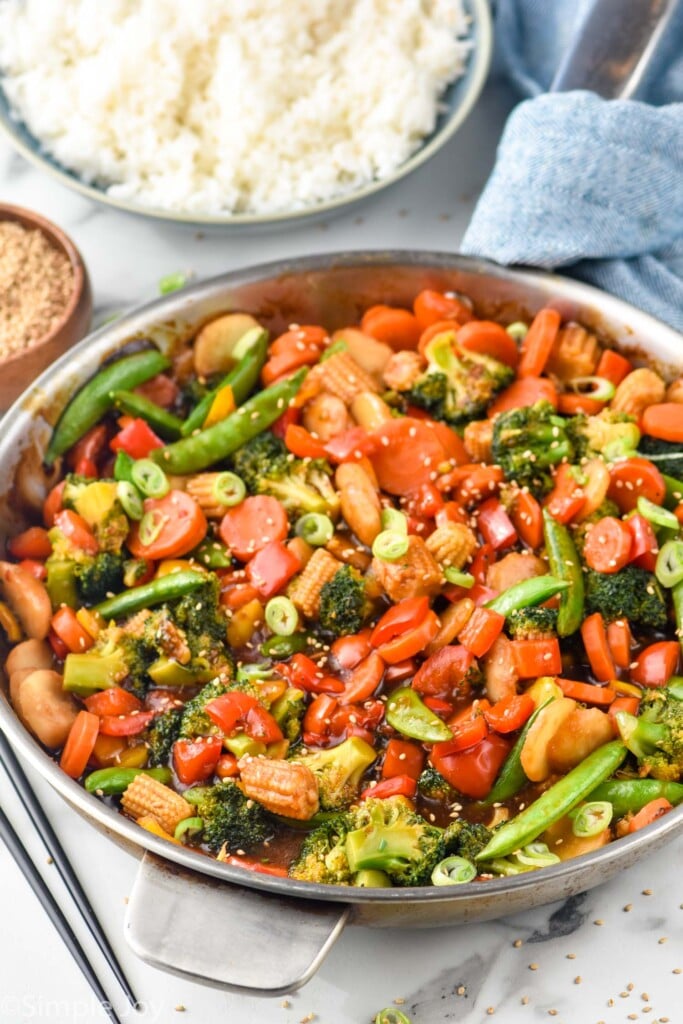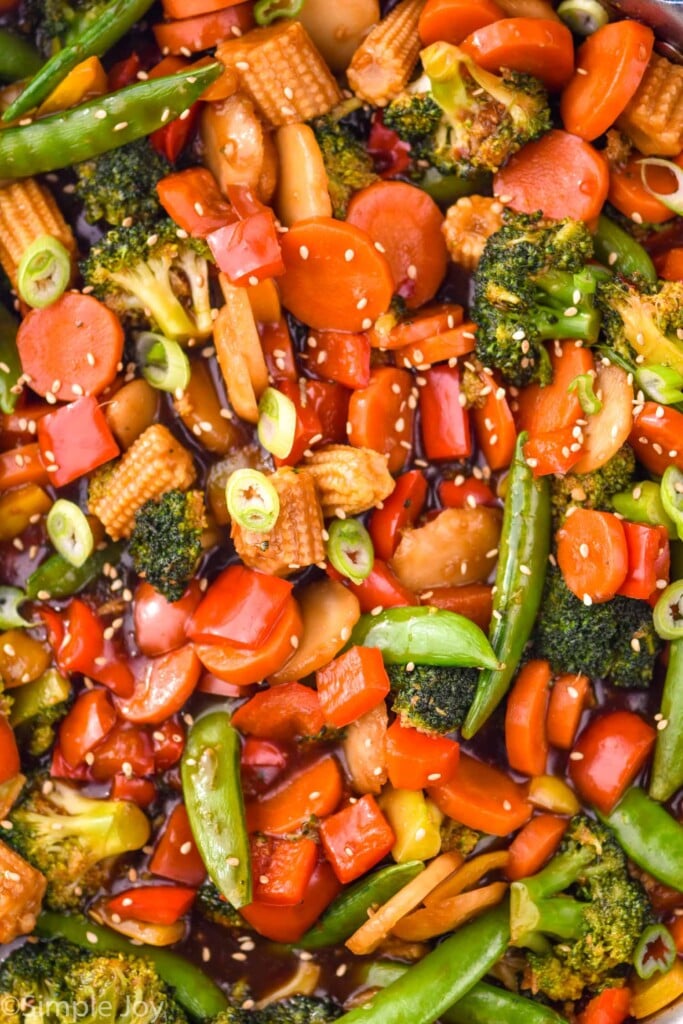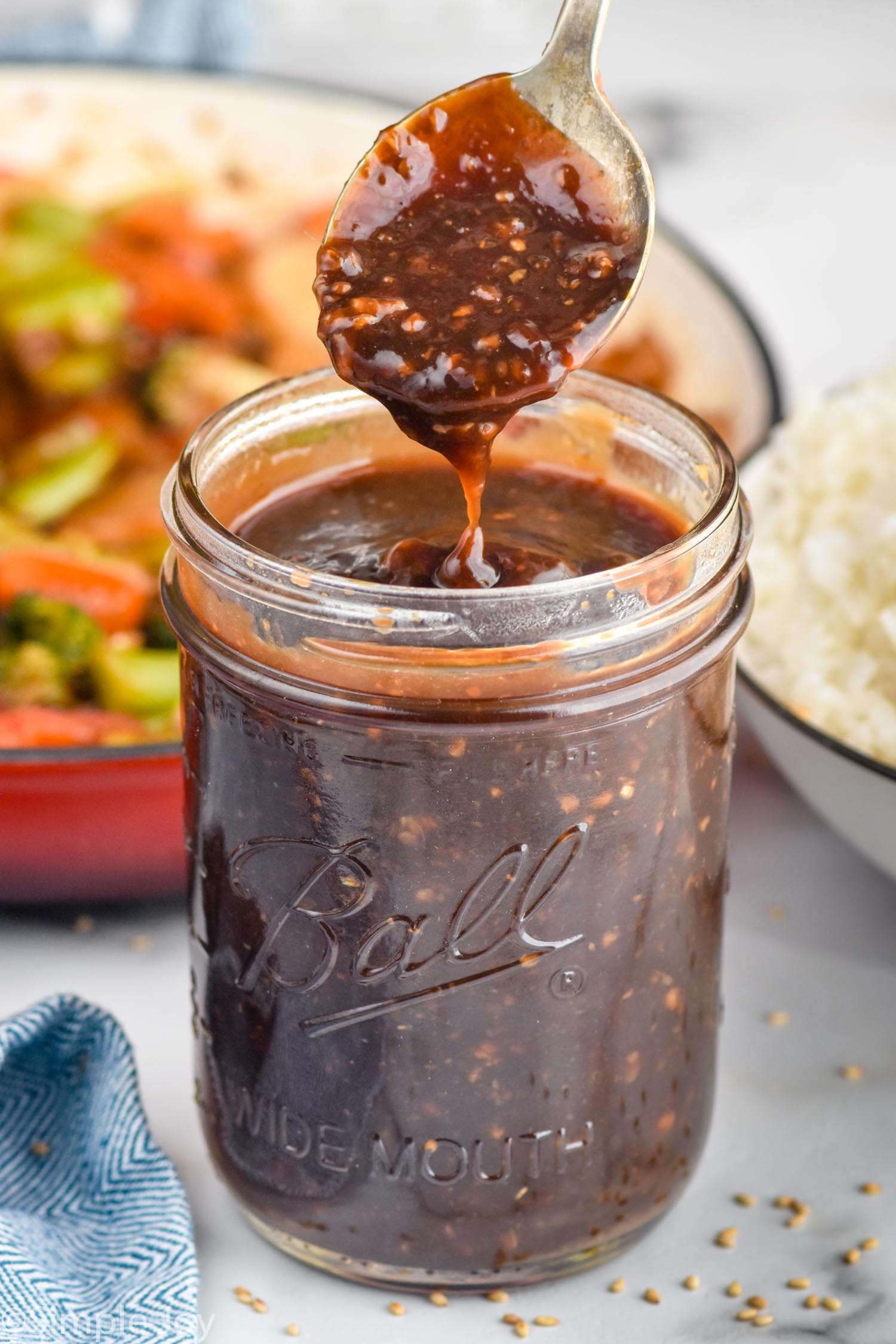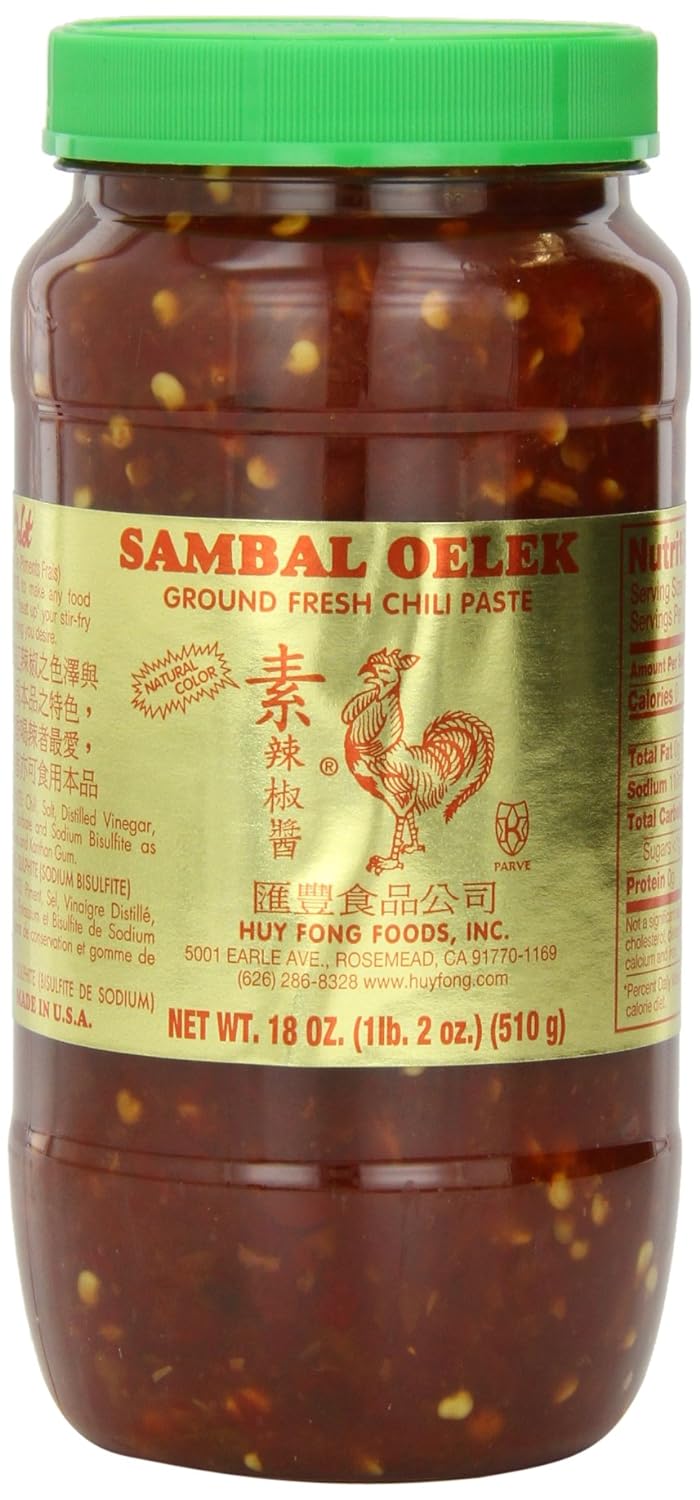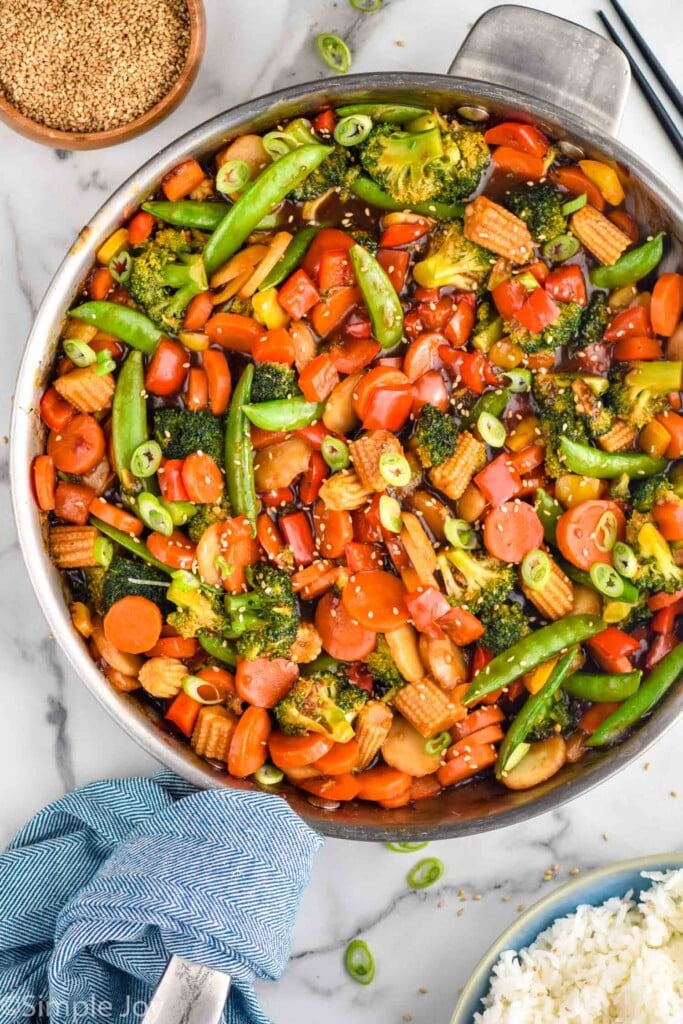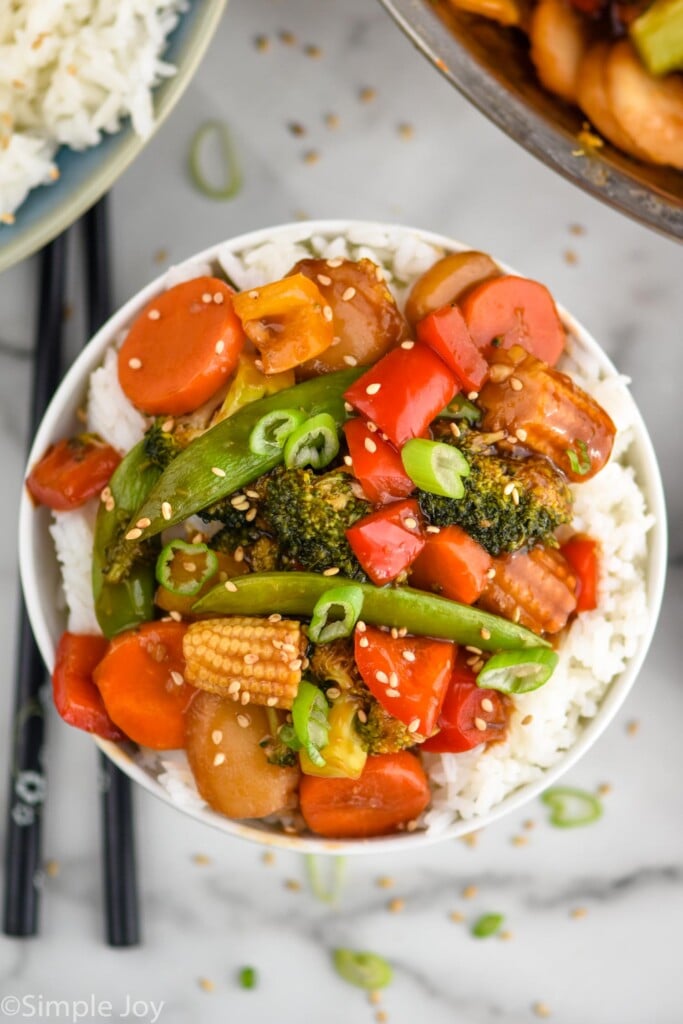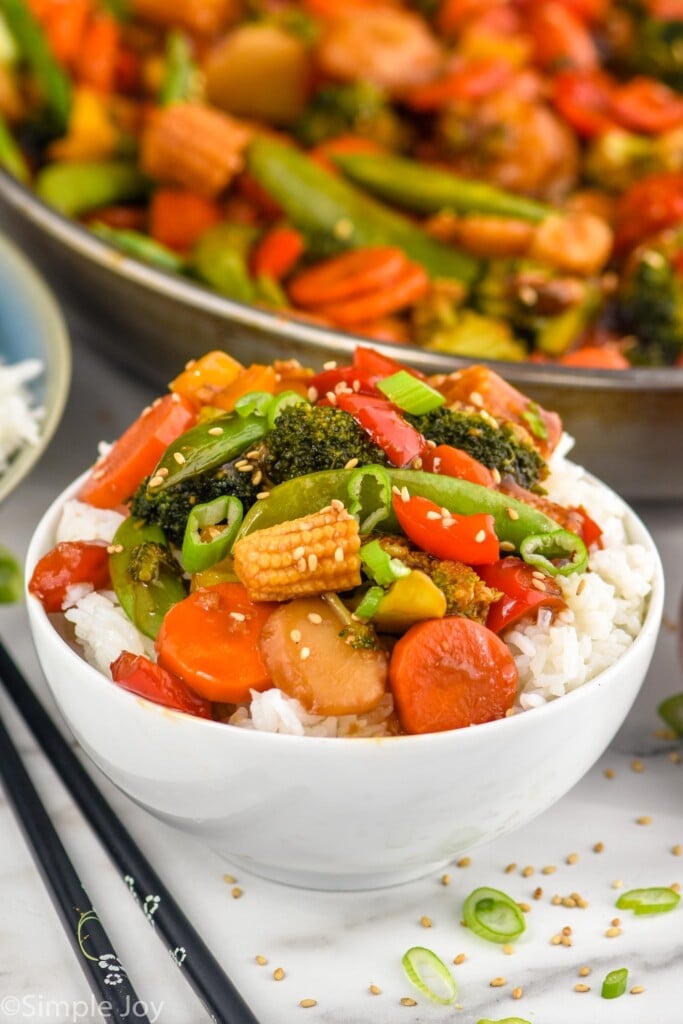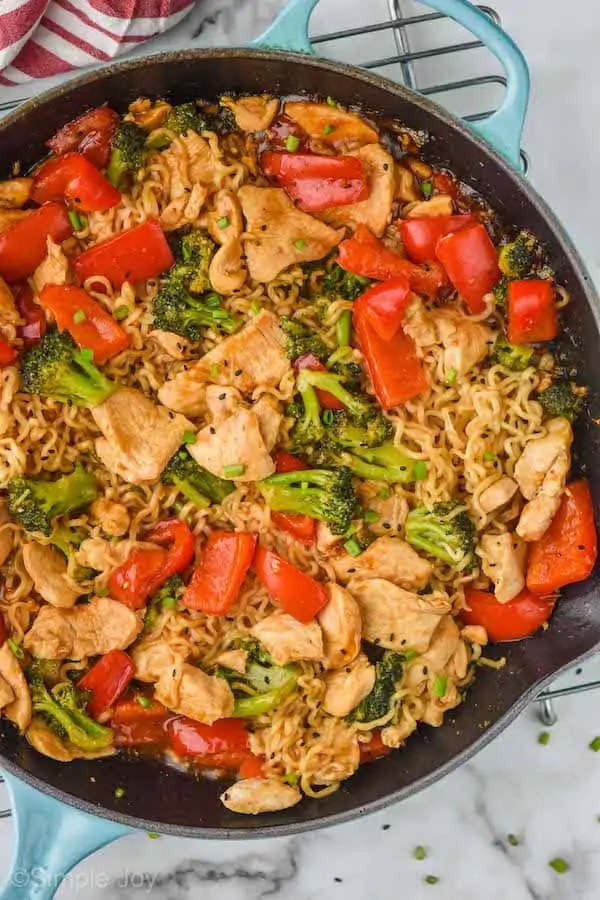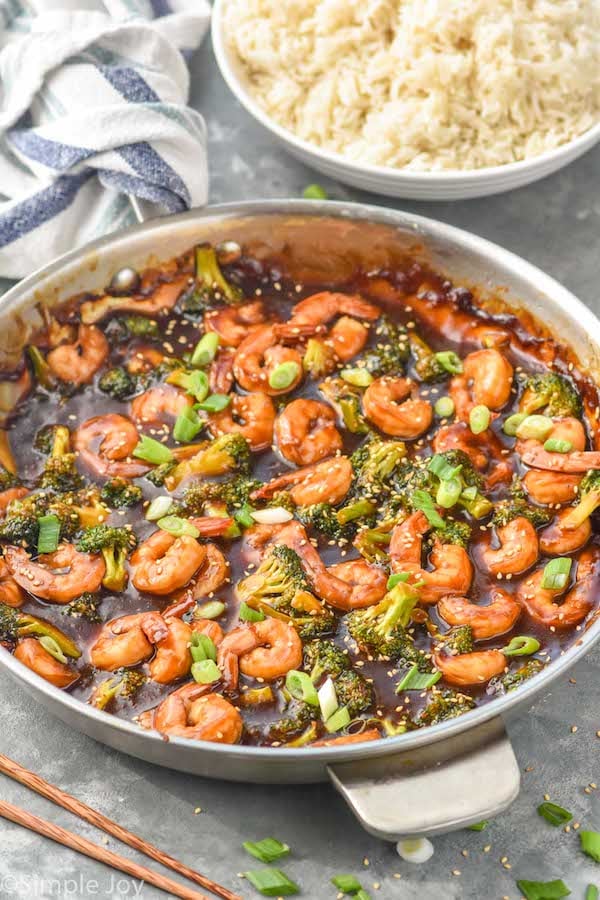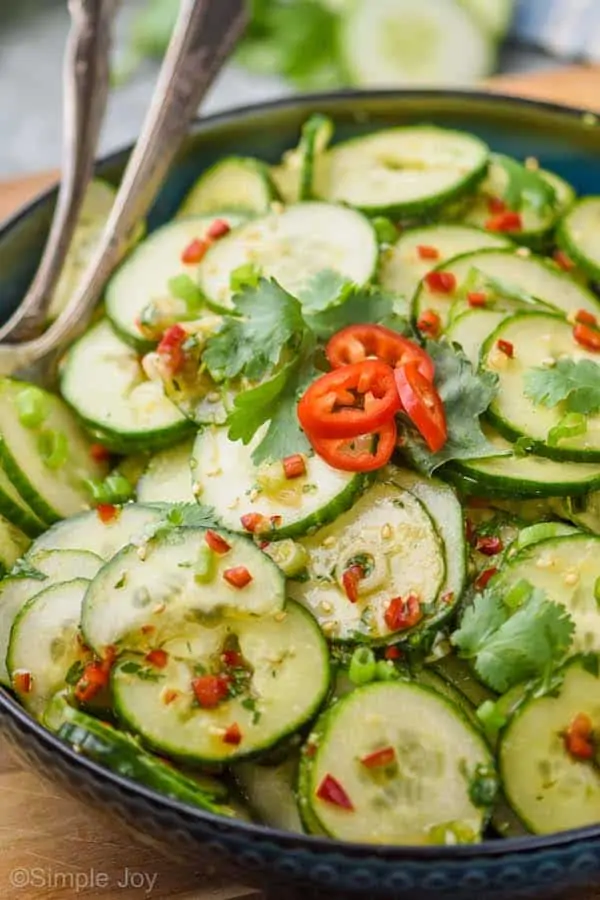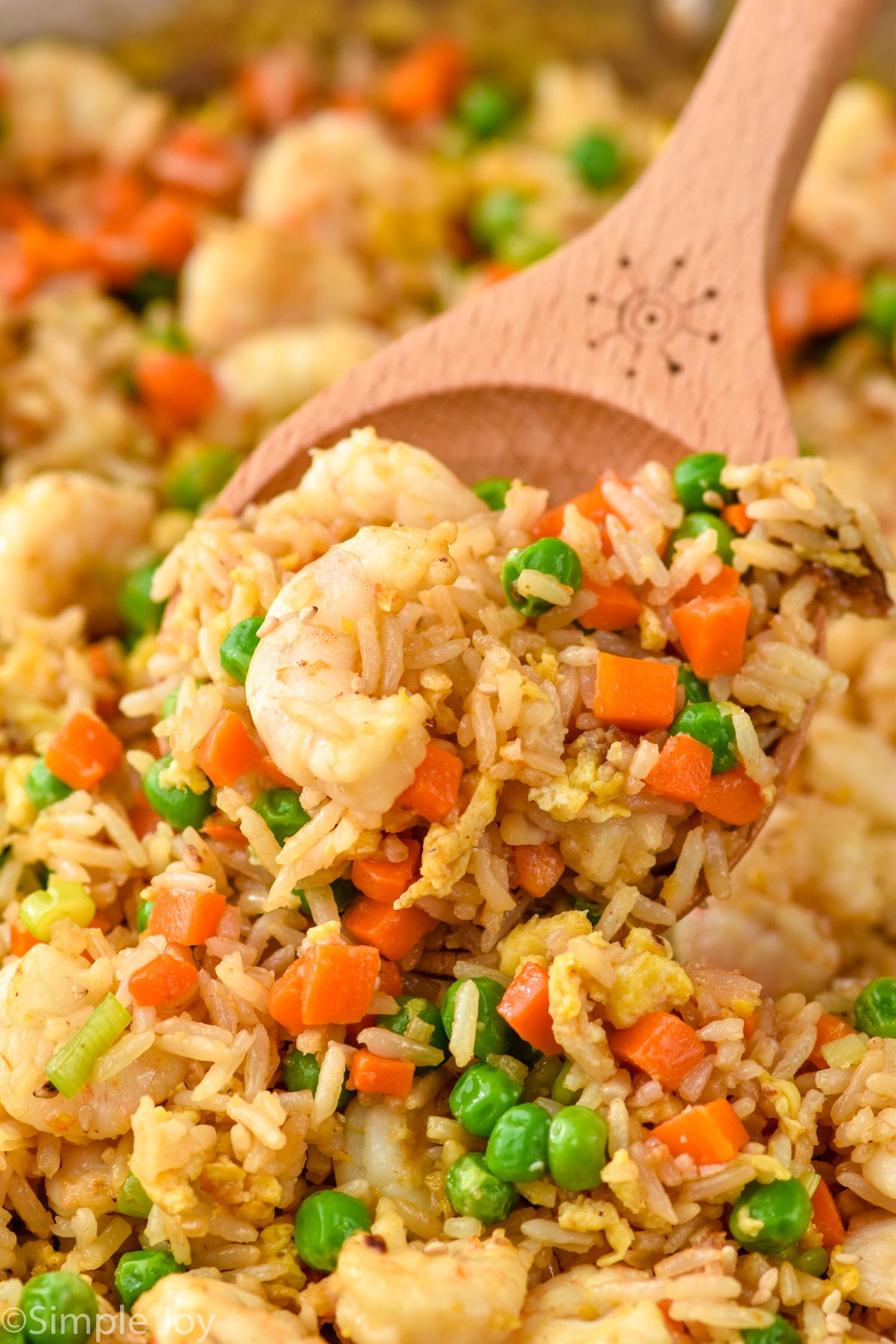If you are looking to add more vegetarian recipes to your diet, let me introduce you to your next favorite dinner. This delicious stir fry is made with fresh vegetables. Even with all that chopping and prepping, you can still get this dinner on the table in just 30 minutes. You will drool over this mouth-watering recipe each time you hear those vegetables hit the pan and start to sizzle, just knowing the taste sensation that is coming your way.
Vegetable Stir Fry Sauce
The delicious sauce that ties together all of my favorite stir fry recipes! Making your own sauce at home not only elevates the flavor but also gives you the power to adjust it exactly to your liking. It allows control over the levels of heat and sweetness, making sure the sauce perfectly complements your taste preferences and avoids added preservatives and additives of store-bought sauces.
Teriyaki sauce: Forms the savory foundation of the stir fry sauce. While you can buy teriyaki sauce, I love to make my own. It is easy and so delicious. I share how to adjust the sauce for lower sugar, less sodium, and to be gluten-free. Soy sauce: A key flavor of stir fry, adding depth and saltiness to the sauce. Choose low-sodium soy sauce to allow better control over the salt levels. For a gluten-free stir fry sauce, be sure to use a gluten-free soy sauce. Hoisin sauce: Made from fermented soybeans, garlic, vinegar, and various spices, it adds a depth of flavor and tang to the sauce. Water: Adds to the base of the sauce without affecting the flavor. Garlic: Adds a delicious and savory flavor to the sauce that is amazing with the vegetables. Ginger: Introduces a zesty and bright kick. Read more about adding ginger to recipes below. Chili paste: Brings a hint of heat to the stir fry sauce. I share more about this ingredient that is made from hot chilies below. The level of spiciness can be adjusted to personal preference, adding a bold kick that balances the sweetness of the other ingredients. Cornstarch: Thickens the sauce and gives it a velvety consistency that perfectly coats the vegetables.
Alternatively, you can opt for the tube-packaged ginger, which can be stored in your fridge. This is the route my family usually goes due to its convenience and extended shelf life. While it may not be as cost-effective, the tube provides a simple way to measure exactly what you need without wasting any. Stir fry can be easily customized to what you like and what you have on hand. Use vegetables that create a combination of colorful, crunchy, and versatile options which will result in a well-balanced and visually appealing dinner. If you don’t like or can’t find any of these, leave them out and replace them with a different vegetable or more of another vegetable. We add the vegetables to the hot skillet in order of how they cook, so that everything is done around the same time and nothing gets overcooked and mushy. I recommend having your vegetables prepared (washed and diced) before starting the recipe so that things can move along quickly. This stir fry can also be served as a flavorful side dish when served with a protein like chicken or shrimp. Sprinkle sesame seeds, chopped peanuts, cashews, or diced green onions over the stir fry just before serving to add a delightful crunch.
Beef Stir Fry Chicken Stir Fry Recipe Pork Stir Fry Recipe



